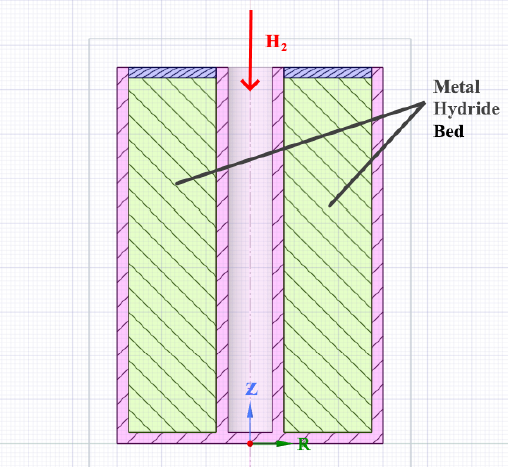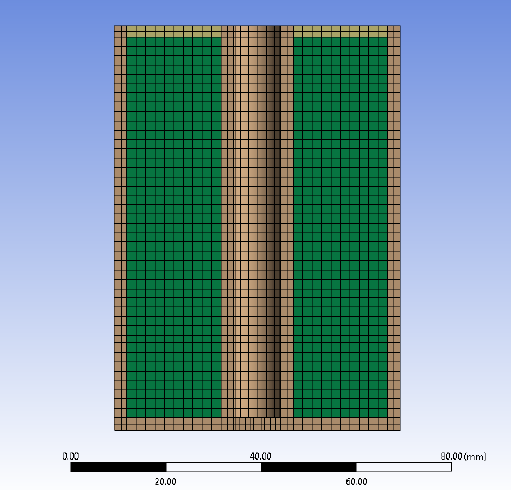MMJ40304 - Final Year Project II
Semester 1 academic session 2022/23
Course
synopsis
This course is designed to expose students with an investigative research-based project to solve engineering issue(s)/problem(s). Students are required to identify problems, develop techniques for information gathering, conduct literature review and select appropriate methodology. In addition, students are required to deliver individual analysis and judgement, utilize appropriate modern technology/tools in conducting the research and assessed independently. At the end of the semester, students will prepare a final report and deliver both written and oral.
Course
outcome
CO1 :- Ability to integrate comprehensively the needs and the insights of research works conducted.
CO2 :- Ability to investigate and conduct research literature of complex engineering problems with selected knowledge in the research literature of the discipline.
CO3 :- Ability to propose and develop design solutions or methodology for complex engineering problems that meet specified needs with appropriate consideration including design of experiments, modeling or simulation.
CO4 :- Ability to synthesize complex engineering problems using first principles of mathematics, natural sciences or engineering sciences in order to evaluate and interpret data to provide results and conclusions with recommendations.
CO5 :- Ability to perform effective presentation on complex engineering activities undertaken.
CO6 :- Ability to demonstrate and apply engineering management principles by managing research project.
CO2 :- Ability to investigate and conduct research literature of complex engineering problems with selected knowledge in the research literature of the discipline.
CO3 :- Ability to propose and develop design solutions or methodology for complex engineering problems that meet specified needs with appropriate consideration including design of experiments, modeling or simulation.
CO4 :- Ability to synthesize complex engineering problems using first principles of mathematics, natural sciences or engineering sciences in order to evaluate and interpret data to provide results and conclusions with recommendations.
CO5 :- Ability to perform effective presentation on complex engineering activities undertaken.
CO6 :- Ability to demonstrate and apply engineering management principles by managing research project.
About
Rubrics
About
Students
This is the project by
Mr. Kah Xin
Title
Numerical analysis of heat transfer in metal hydride storage tanks
Background
The current global technological trend when it comes to energy production and consumption is transitioning away from fossil-based fuels and towards renewable energy sources. The increase in renewable energy production is not met by our current existing technologies to store and distribute this clean energy. Hydrogen is a very promising candidate to act as a secondary energy carrier because of its high energy density. Conventional methods to store and distribute hydrogen require a high energy input which renders the system an unattractive option due to the associated costs and low energy efficiency. Solid-state storage for hydrogen has been a highly contested research for decades because it offers the possibility of storing hydrogen in a non-volatile state at a fraction of the energy requirements of conventional hydrogen storage methods.
Objectives
1. To develop a numerical model for metal hydrides during the hydrogen absorption/desorption process.
2. to conduct a numerical simulation of the heat transfer and hydrogen absorption/desorption process in a metal hydride tank with an accompanying thermal management system.
Scopes
1. Investigates the response of a metal hydride storage tank under hydrogen absorption and desorption processes.
2. A parametric study which focuses on the properties of the metal hydride tank system such as the average bed temperature evolved reaction, mass fraction, and operating chamber pressure during both processes is conducted.
3. The metal hydride tank is analysed as an independent system and does not consider factors such as thermal coupling with external systems.
4. The effects of thermal expansion of the metal hydride are considered to be negligible to avoid contributions to the chamber pressure.
Project classification
Numerical
Some outcomes of study
This is the project by
Mr. Muhammad Amiruddin Haikal
Title
Numerical analysis of the humidifed hydrogen fuel for intermediate temperature solid oxide fuel cell (IT-SOFC)
Background
Hydrogen fuel is one of the main fuels that can be supplied to the SOFC cell. Steam is produced as a result of the electrochemical reaction within the cell. A high concentration of steam is followed by a low concentration of hydrogen. As a result, the performance of the SOFC is affected. This study aims to study the influence of humidified hydrogen fuel on the intermediate temperature solid oxide fuel cell.
Objectives
1. To summarise the range of the humidified hydrogen fuel based on a literature study.
2. To validate the numerical model with the available data/result.
3. Evaluate the influence of the humidified hydrogen fuel towards the performance of intermediate-temperature SOFC.
Scopes
1. The humified hydrogen fuel is a mixture of hydrogen, steam and nitrogen only.
2. SOFC's anode is limited to nickel (Ni) - yttria-stabilized zirconia (YSZ) which is the common material in a commercial SOFC.
3. The operating temperature is 973 K which is within the operation temperature range of an IT-SOFC.
4. Degradation of humidified hydrogen fuel is not considered in this study as not focus on the long-term operation of an SOFC.
Project classification
Numerical
Some outcomes of study
This is the project by
Mr. Muhammad Hafiz
Title
Numerical analysis on the effect of H2-N2-H2O fuel mixture toward cell performance using a quasi-3-dimensional solid oxide fuel cell model
Background
Hydrogen is the main fuel for a solid oxide fuel cell. For safety reasons, the supplied fuel is humidified to reduce the risk of explosion. Different mixtures of fuel affected the partial pressure of hydrogen fuel that is being supplied to the cell, further influencing the performance of a cell. This study aims to conduct a numerical analysis of the effect of a fuel mixture of hydrogen, nitrogen and steam on cell performance using the available quasi-3-dimensional solid oxide fuel cell model.
Objectives
1. To analyze the effect of fuel mixture based on an i-V curve.
2. To conduct thermal analysis on the cell.
Scopes
1. The supplied hydrogen is not kept constant.
2. The microstructure of the electrode is taken from a commercial SOFC.
3. The experimental result was taken from a 6-cells stack. However, only a single-cell analysis is performed in the numerical analysis due to time constraints.
Project classification
Numerical























